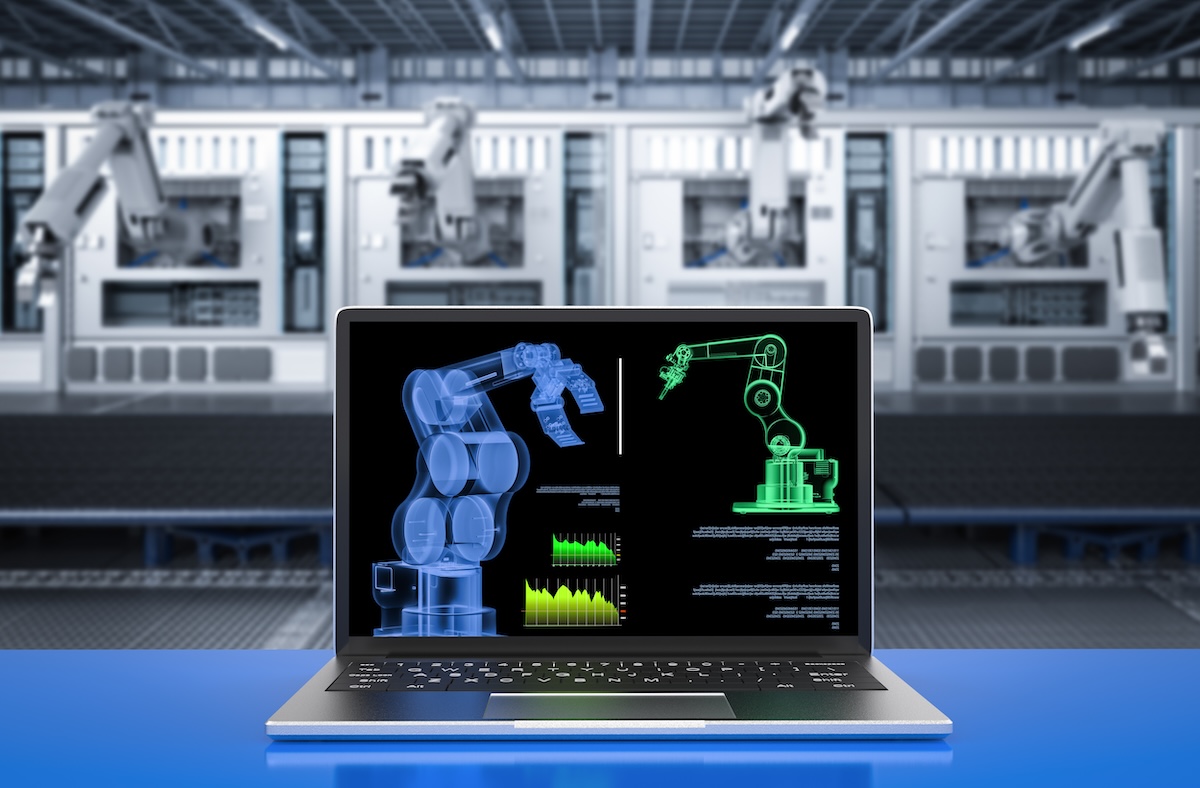Rethinking the Cloud in the Emerging Era of the Edge
Has irrational exuberance led us to misjudge the possibilities for cloud computing?
Obviously, the cloud has been a boon for enterprises, doing so much to further flexibility and collaboration while offering a more efficient way to store and process data. But as enterprises look to promote the digital transformation of their organizations with the cloud as the centerpiece, many are also discovering its limitations.
That’s particularly the case in the manufacturing sector, where companies adopted the cloud in droves during the mid-2000s. In the last few years, manufacturers who turned to cloud for so-called lift-and-shift projects, for example, are now realizing the significant architectural challenges they caused. A movement to cloud should be architecture-focused, using cloud nativity as the central idea with an equivalent emphasis placed on standard and dynamic costs, for example, the costs associated with the egress of data.
As a result, the attention of CIOs and Chief Digital Officers is moving towards a more collective approach, imagining use cases as a continuum between edge, on-premises, private cloud, hyperscalers, SaaS and PaaS – as opposed to the old way of thinking, which was largely a debate between cloud or on-premises.
And as more architectural committees are waking up to the fact that use cases and customer value needn’t be an either cloud or on-premises debate, but rather as use cases capable of executing in an economical and experience-friendly fashion, more attention is now being devoted to finding how to make greater use of the edge.
For example, as 5G and millimeter wavelength infrastructure and spectrum continue to get designed into plans for cities, ports, plants, warehouses, and grids, it becomes critical to ensure that edge is not separate from cloud, but that there is a continuum between the two.
If one looks at the latest launches of edge-based services from the likes of AWS and Microsoft Azure, i.e., AWS wavelength, Monitron, Snowball, Outpost for Edge, and Azure StackEdge, it is clear that hyperscalers’ power will not be restricted to just public cloud. Instead, we are approaching a new dawn where cloud computing will be everywhere from the edge to hyperscale. This means that consumers won’t have to worry about the execution points, as the architecture would dynamically allocate resources at run-time for the most economical and user-friendly model of delivery.
The Need to Think About “And” Solutions
When organizations think about where their data should reside, they can choose between the edge, the private cloud, hyperscalers, SaaS, and IaaS. But far too often, they have been forced to focus just on the architectural design vs. the value they are trying to obtain from their data — data, by the way, that’s used to create best-in-class customer experiences.
For example, if an organization wants to perform machine analytics, it shouldn’t need to create a separate solution at the edge or in the cloud or in some other place. Until now, however, it has been forced to decide where to put the applications and then how to integrate them to coexist in unison.
What you need is to be able to analyze the machine at the sensor level. You need to have an interconnect with the manufacturing and execution system to look at capacity. You need historical data to see all the signatures being created by that machine. And perhaps, you’ll need to interface with your ERP systems to look at all the historical down times to take corrective or preventive actions.
At Hitachi Vantara, we believe that our Industry Cloud capabilities encapsulate our cutting-edge approach to innovation. Coupled with our deep industrial context, know-how, and experience-focused data management, we can turn insights into reusable, interoperable and deployable data models and reference architecture. This not only drives greater business intelligence, but it further elevates companies into the realm of visioning and design thinking with their objectives as the priority focus.
In such a world, a shop floor stuck in a proverbial no-man’s land between legacy and modernization could adopt a use case-centric approach to create point solutions that are close to the edge, while also enjoying the power of modernization – all without spending a lot of time creating a fresh architecture. This new continuum between the edge, the shop floor, and the cloud would be particularly helpful for industries, such as industrial manufacturing, power utilities, and transportation and logistics.
Such an experience-based approach, one that looks at cloud as a continuum, will enable enterprises to maintain focus on design and outcomes instead of getting hung up on the architecture itself. That relatively small shift can ultimately make a big difference.
This article was written by Sid Sharma, Global Leader IoT, OT and Industry Cloud, Hitachi Vantara and origianlly it was published here.



